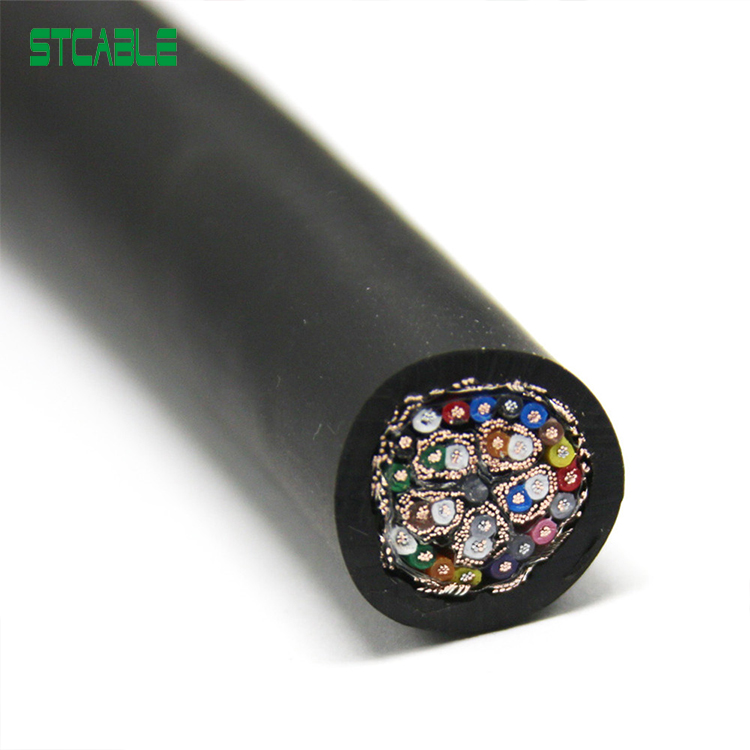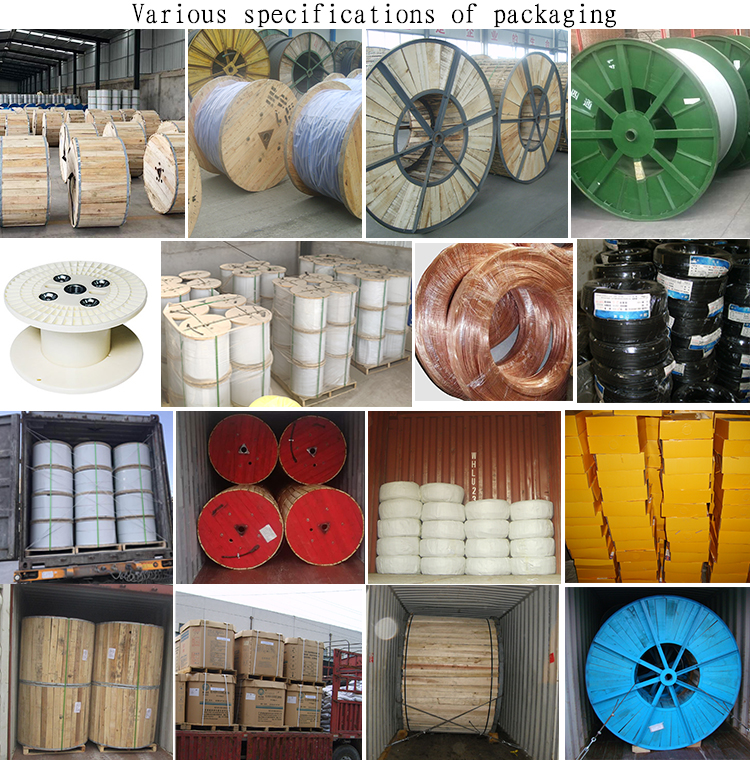

Instrument Cable
Instrument cables are used for signal transmission and control lines in meters, instruments and other electrical equipment.
Certification Standards
Implementation Standards
- BS / PAS 5308
- BS EN 60228
- BS 6234
- BS EN 50363
- BS EN / IEC 60332-1
- BS EN / IEC 60332-3-24
- IEC 60502
- GB 9330
- NF M87-202
- BS EN 50288-7
- US UL Standard PLTC cables
Product Introduction
Overview
Instrument cables are used for signal transmission and control lines in meters, instruments, and other electrical equipment. Instrumentation cable is typically installed indoors and is suitable for humid environments. In industry, it is commonly used for communication, data, voice transmission signals and services, and for the interconnection of electrical equipment and instruments.
Types
- Armored Instrument Cable: Used between inverter power supplies and inverter motors. Armored LSZH cable versions are generally used when there is an increased risk of mechanical damage.
- Paired or Triplex Instrument Cable: Suitable for use in signal transmission and control circuits for instruments and other electrical equipment.
- BS 5308 RE-2Y (St) Y Instrument Cable: Designed to carry communication and control signals in a variety of installation types, including the petrochemical industry.
- APL Overall Screened Armoured Instrumentation: For interconnections between instruments, sensors, and monitors.
- NF M 87 - 202 EGFA Instrument Cable: Designed for safe use in petroleum and petrochemical units, particularly for the transmission of AC or DC analog signals.
Construction
- Conductor: Annealed or tinned copper
- Insulation: XLPE (cross-linked polyethylene) or PE
- Pairing: Two insulated wires are twisted together uniformly, and the laying distance does not exceed 100 mm
- Binding tape: PETP transparent tape
- Collective shielding: Paste aluminum/polyester tape on paired metal pairs and make contact with tinned copper drain wire, thickness 0.5 mm²
- Inner Sheath: LSZH (Low Smoke Zero Halogen) Sheath
- Amour: Galvanized steel armor
- Outer Sheath: LSZH (Low Smoke Zero Halogen) Sheath is flame retardant, conforms to IEC60332-3-22, halogen-free, conforms to IEC60754-1, low smoke emissions, conforms to IEC61034-1-2
Standards
- BS / PAS 5308
- BS EN 60228
- BS 6234
- BS EN 50363
- BS EN / IEC 60332-1
- BS EN / IEC 60332-3-24
- IEC 60502
- GB 9330
- NF M87-202
- BS EN 50288-7
- US UL Standard PLTC cables
Technical Specifications
Instrument Cable Specifications
| Conductor | Annealed or tinned copper, sizes: 0.5mm² and 0.75mm² multistranded (Class 5), |
| 0.5 mm², 1.0 mm² solid (Class 1), 1.5mm² or 2.5mm², multistranded (Class 2) to BS6360 | |
| Insulation | PE (Polyethylene) type 03 to BS6234 |
| Pairing | Two or three insulated conductors uniformly twisted together with a lay not exceeding 100mm |
| Color code | See technical information |
| Binder tape | PETP transparent tape |
| Collective screen | Aluminum/polyester tape is applied over the laid-up pairs metallic side down in contact with tinned copper drain wire, 0.5mm² |
| Outer sheath | PVC Sheath, type TM 1 or type 6 to BS 6746 |
| Sheath color | Black or blue |
Application Fields
Signal transmission and control lines in meters and instruments
Communication, data, and voice transmission in industrial plants
Interconnection of electrical equipment and instruments
Petrochemical and oil industry applications
Automation and process control systems
Packaging & Shipping
All cables will be packaged in different materials based on their outer diameter and net weight, and can be customized according to requirements
